Activated carbon has been used in home aquariums for decades, and it is still the largest selling filtration media product. As new types of filters and media have become available, the debate has raged over the value of using activated carbon in filters. Some believe it should be used as a standard media for continuous use in most filters. Others feel it should only be used in for special needs, and still others believe that activated carbon should no longer be used at all.
It is important to remember that carbon is exhausted relatively quickly when used in an aquarium filter. For that reason, if the choice is made to use activated carbon on an ongoing basis, it should be replaced regularly. Otherwise, it is of little benefit.
What Is Activated Carbon?
Activated carbon is made from carbonaceous material that has been heat treated at very high temperatures to create many tiny pores, greatly increasing its surface area. These tiny pores and massive surface area allow the filter media to trap a large volume of material, making it useful for removing pollutants from both air and water. Different methods of creating activated carbon result in different forms of the material suitable for different uses. In aquariums, the form mostly used is GAC, or granular activated carbon. Forms of activated carbon include:
- BAC, or bead activated carbon
- EAC, or extruded activated carbon
- GAC, or granular activated carbon
- PAC, or powdered activated carbon (also available in compressed pellet form)
There are also different sources for the carbon itself, each resulting in a different possible pore size. Materials such as coal, coconuts, peat, bamboo, and wood are all used to create activated carbon. For aquariums, the best source is bituminous coal.
What Activated Carbon Does
Activated carbon adsorbs a number of dissolved contaminants such as chloramine and chlorine, tannins (which color the water), and phenols (which cause odors). It will help keep aquarium water from turning yellow over time.
It is important to understand that there are several important toxins that activated carbon does not remove. Most notably, it does not remove ammonia, nitrite, or nitrate. Therefore, it does not aide in toxin removal during the initial aquarium setup. Water changes or other methods must be used to address elevated ammonia, nitrite, or nitrate levels.
Heavy metals, such as lead or copper, are also not removed. If your water source has heavy metals, use a water treatment product before putting the water into the aquarium.
Activated Carbon and Medications
Activated carbon will adsorb many medications used to treat fish disease. Therefore, before treating sick fish with medications, all carbon should be removed from the filter. After the course of treatment is fully completed, it is safe to add activated carbon back to the filter. The carbon will remove any residual medication in the aquarium water.
Placement in Filter
Activated carbon will lose its effectiveness rather quickly if exposed to lots of debris from the aquarium. Therefore, carbon should be placed after the mechanical filtration media in the filter. Keep in mind that if you do not keep your tank clean, and debris builds up in the filter, the activated carbon will not be effective.
Changing Activated Carbon
Since activated carbon binds with the compounds it removes, it eventually becomes saturated and can no longer remove additional contaminants. Therefore, it must be regularly replaced—once per month is usually sufficient. Longer intervals between replacement will not harm the tank, but the carbon will gradually lose its ability to remove toxins from the water. If you see yellowing of the water, or smell an odor in your tank, it’s past time to change the activated carbon.
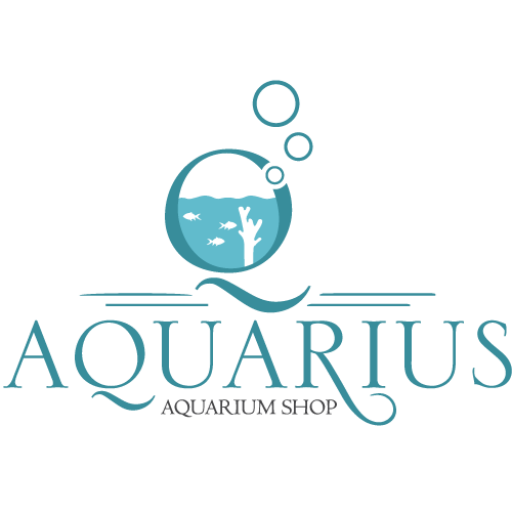






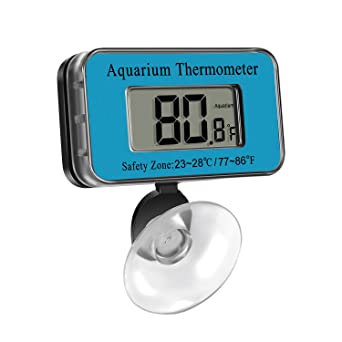
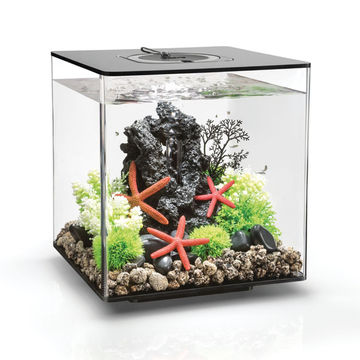
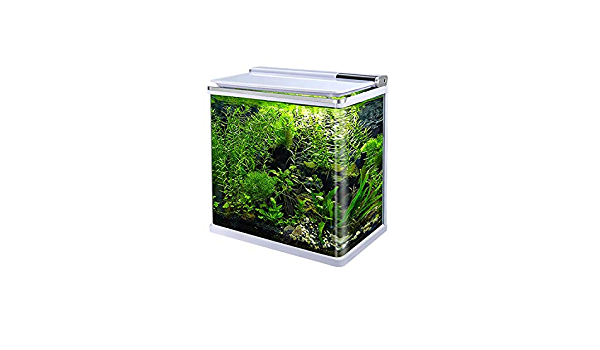
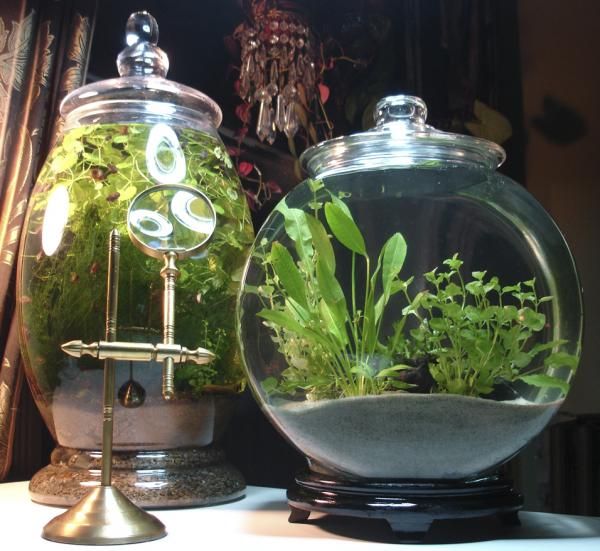
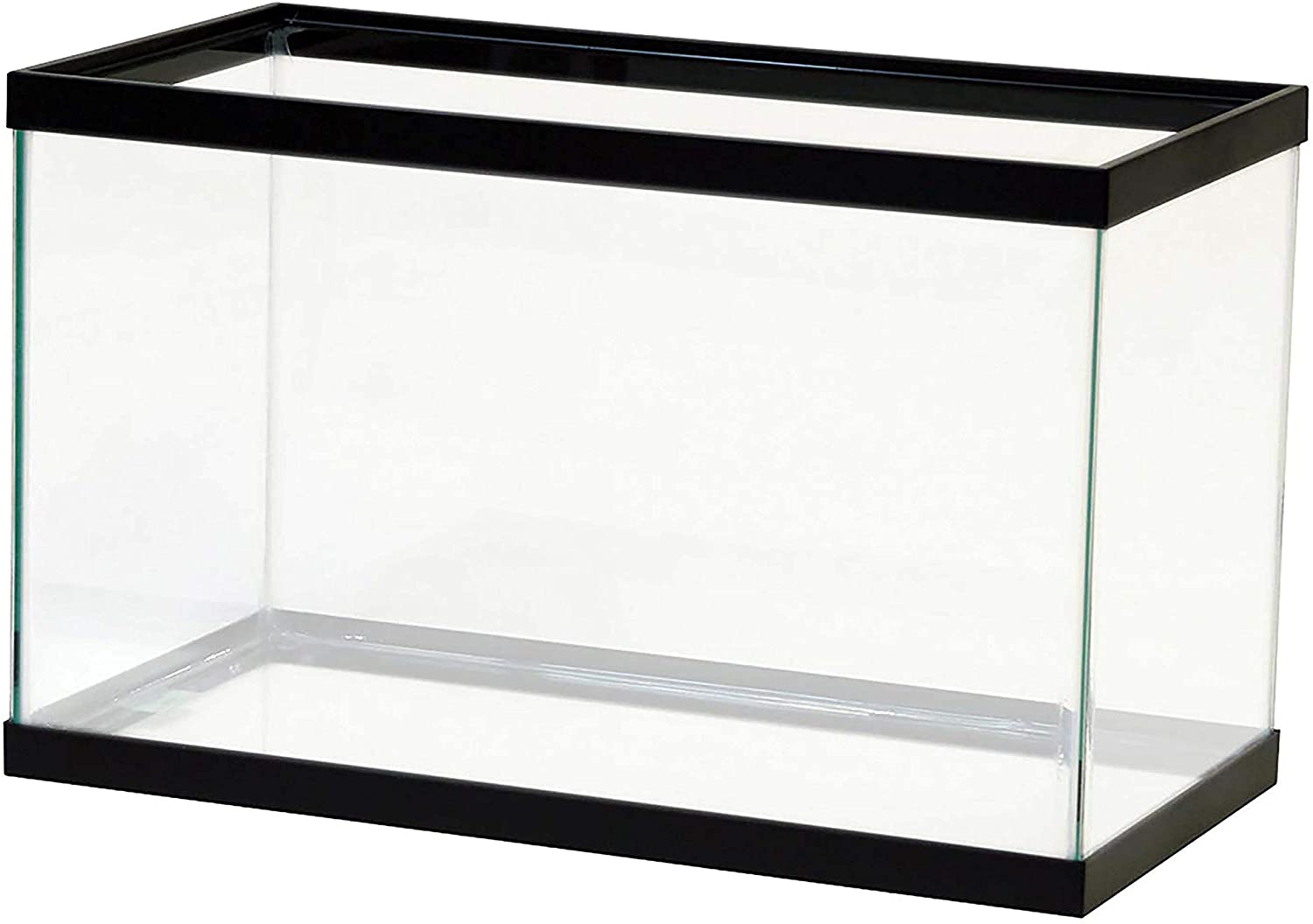

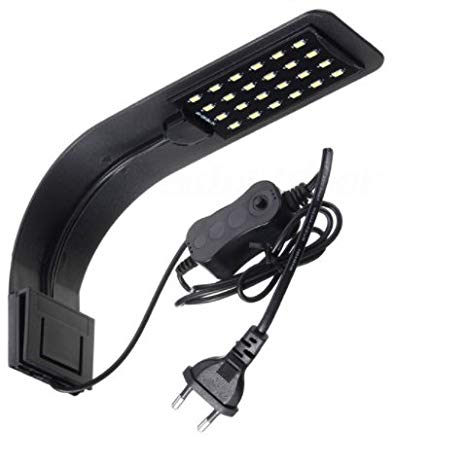
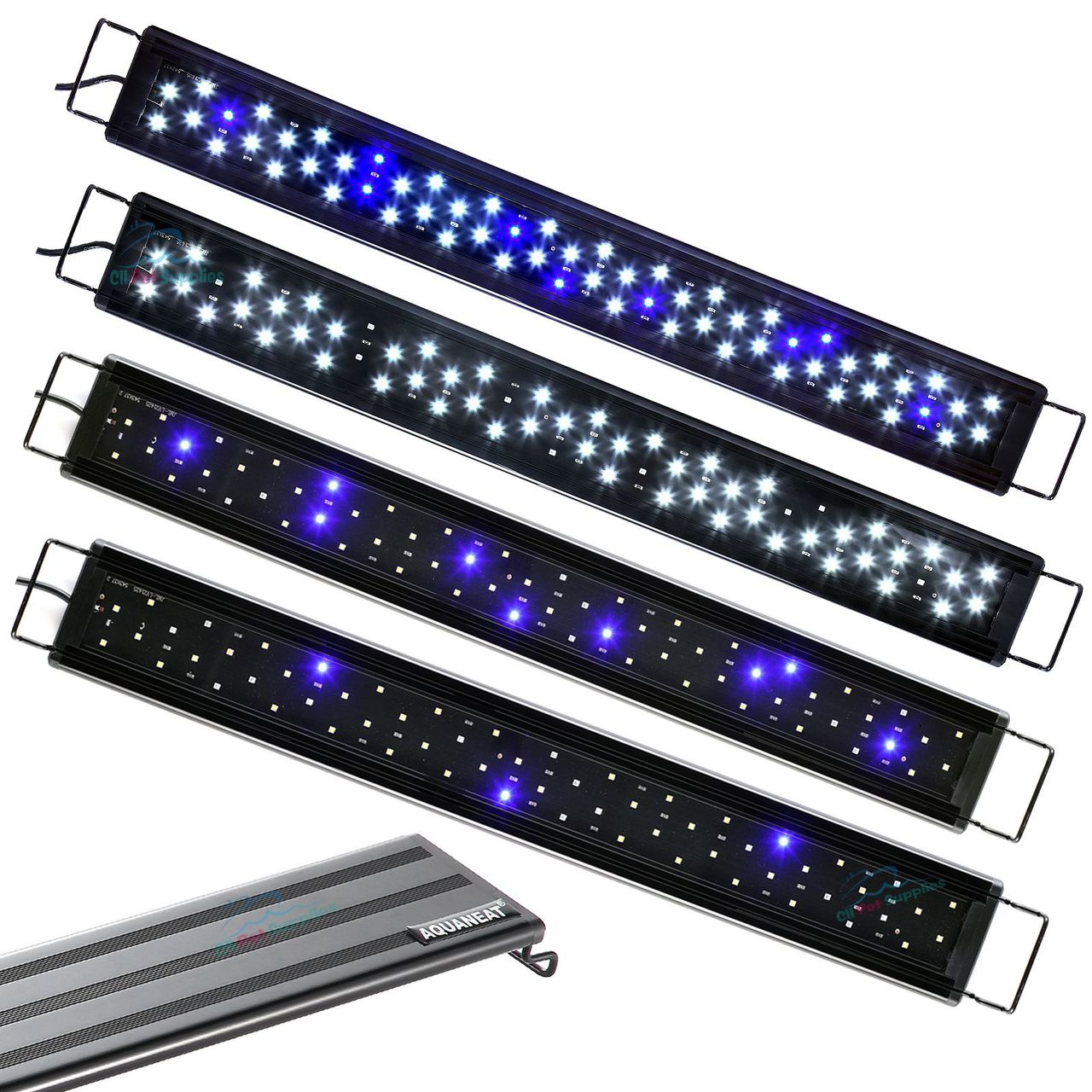

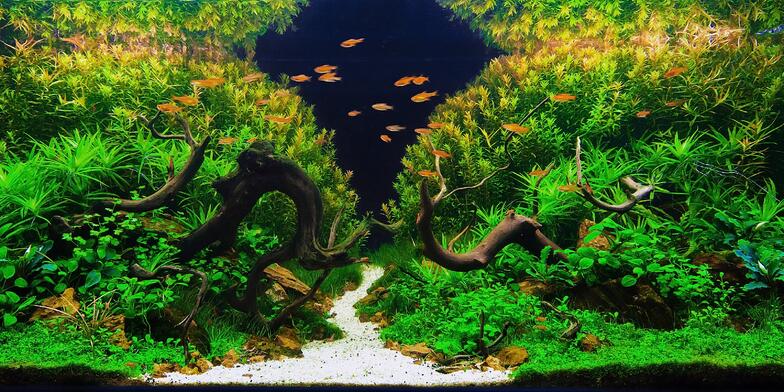




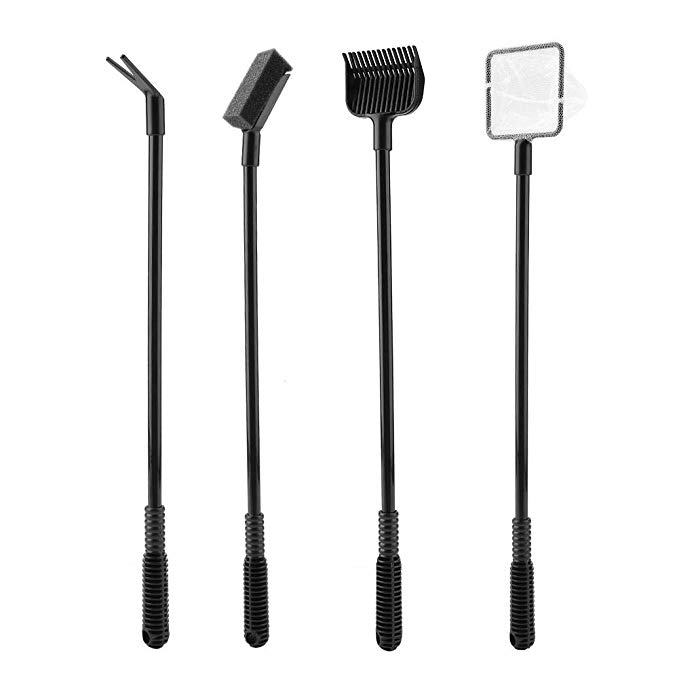
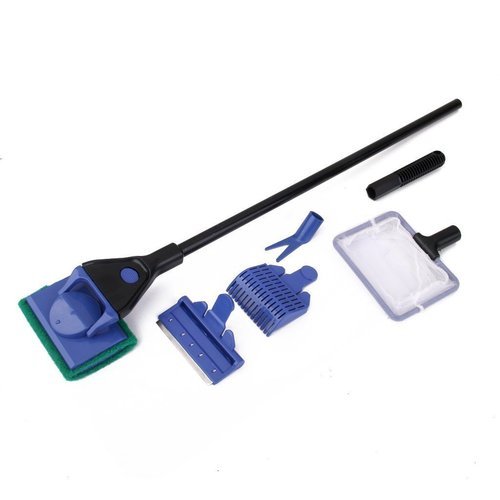


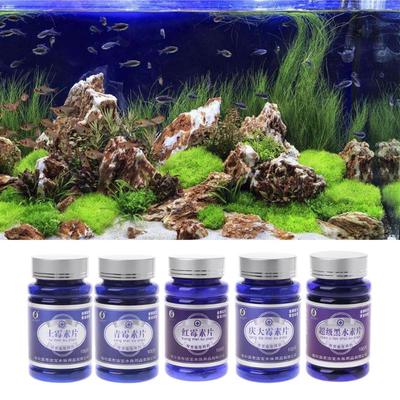
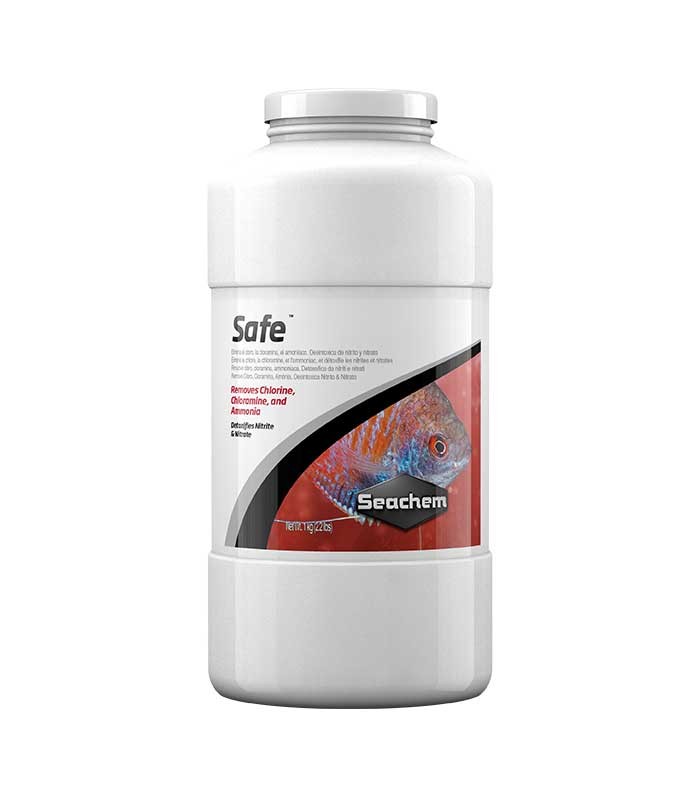
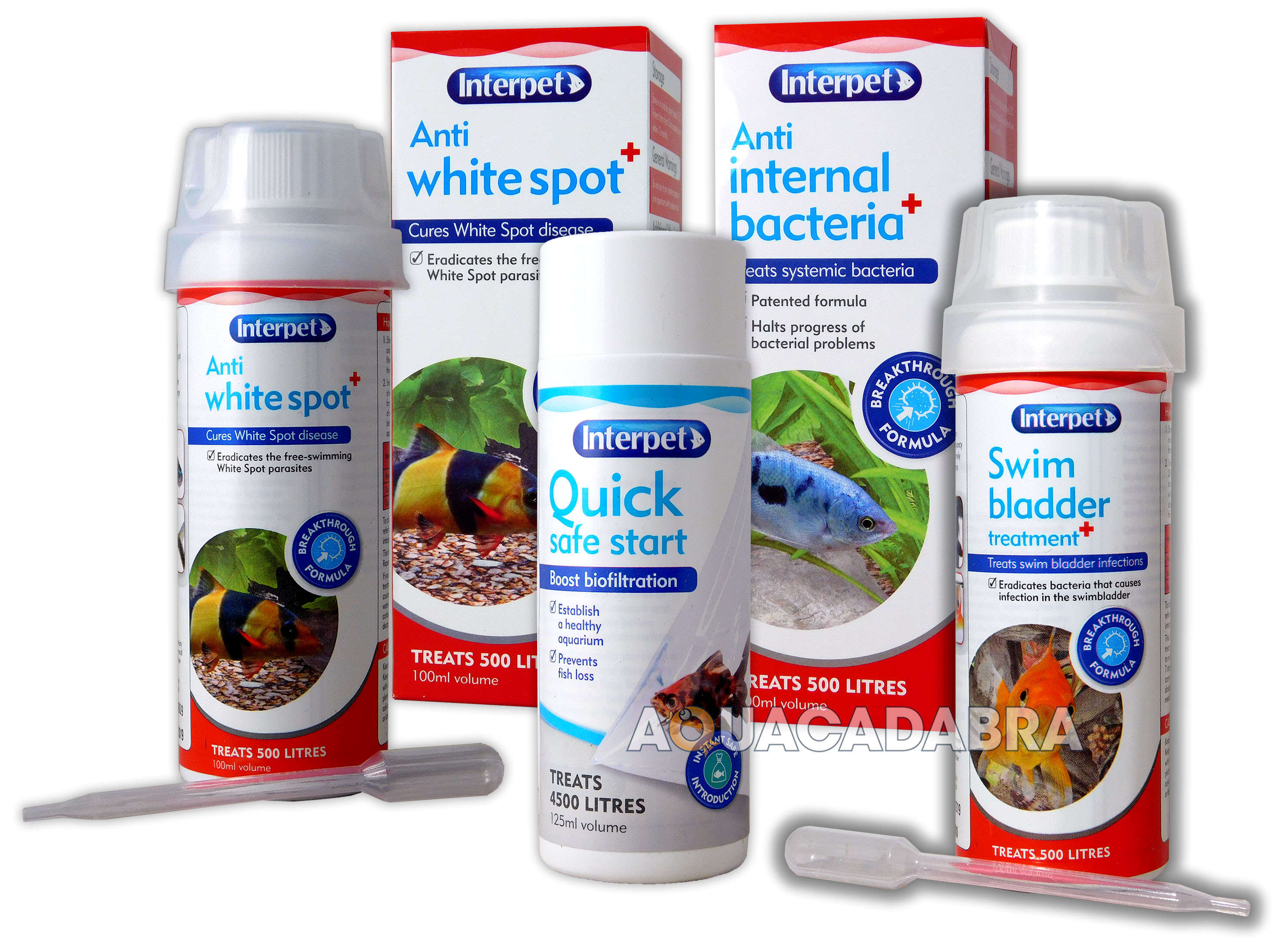




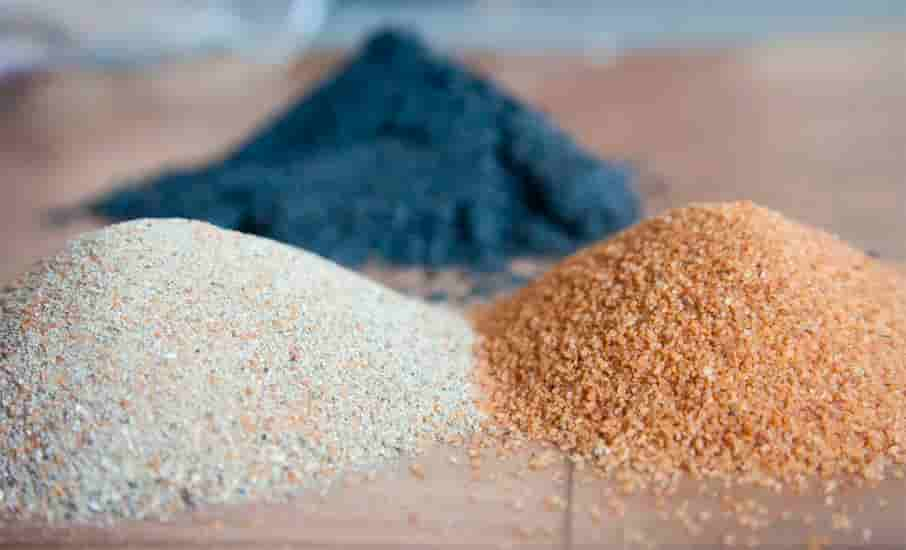


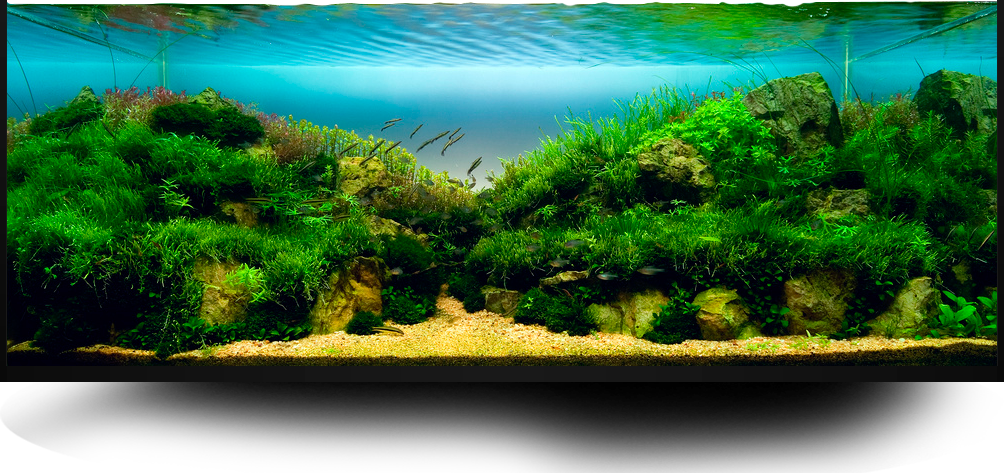





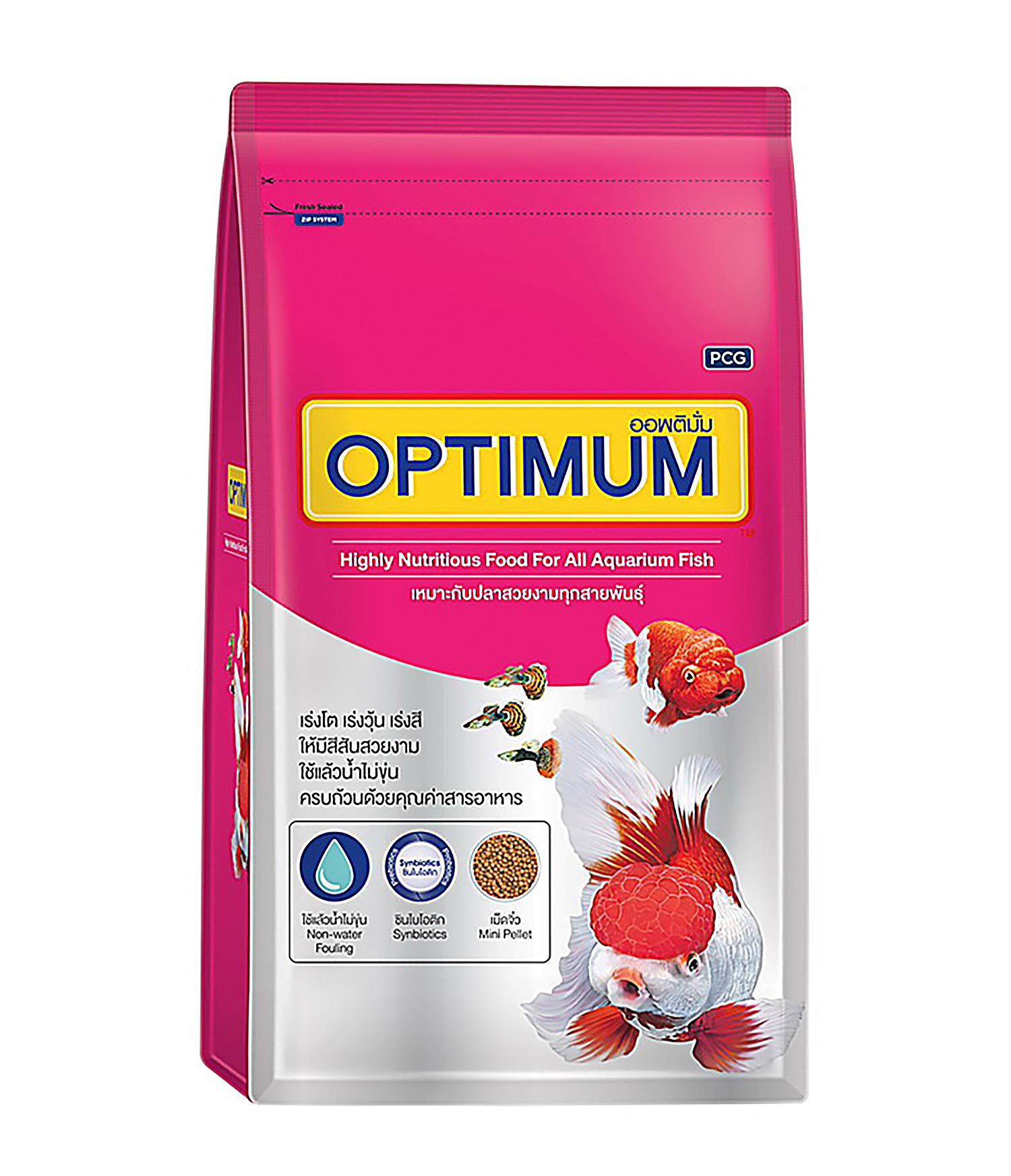
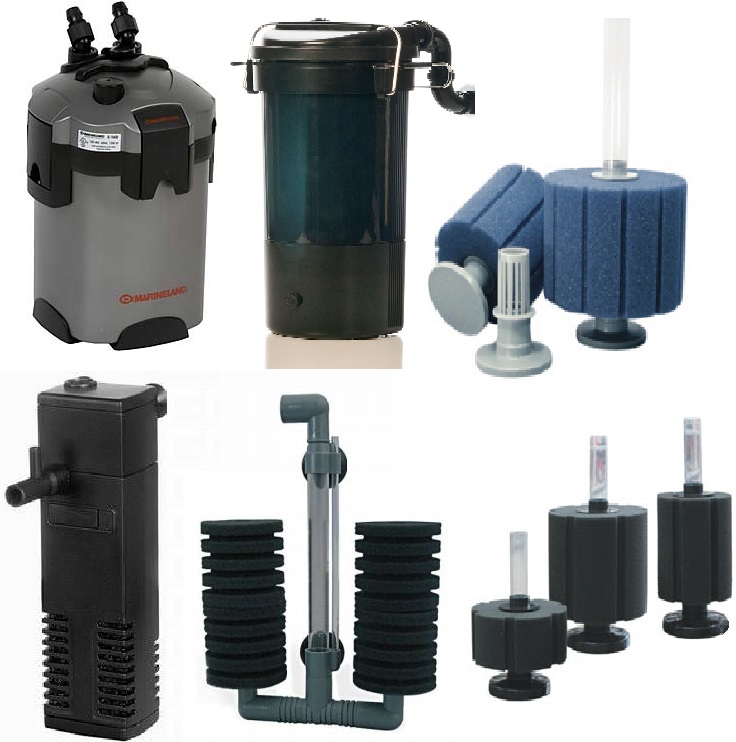




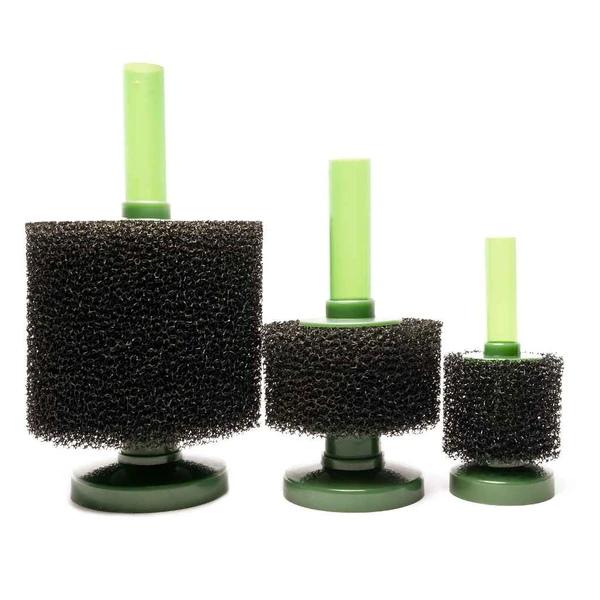

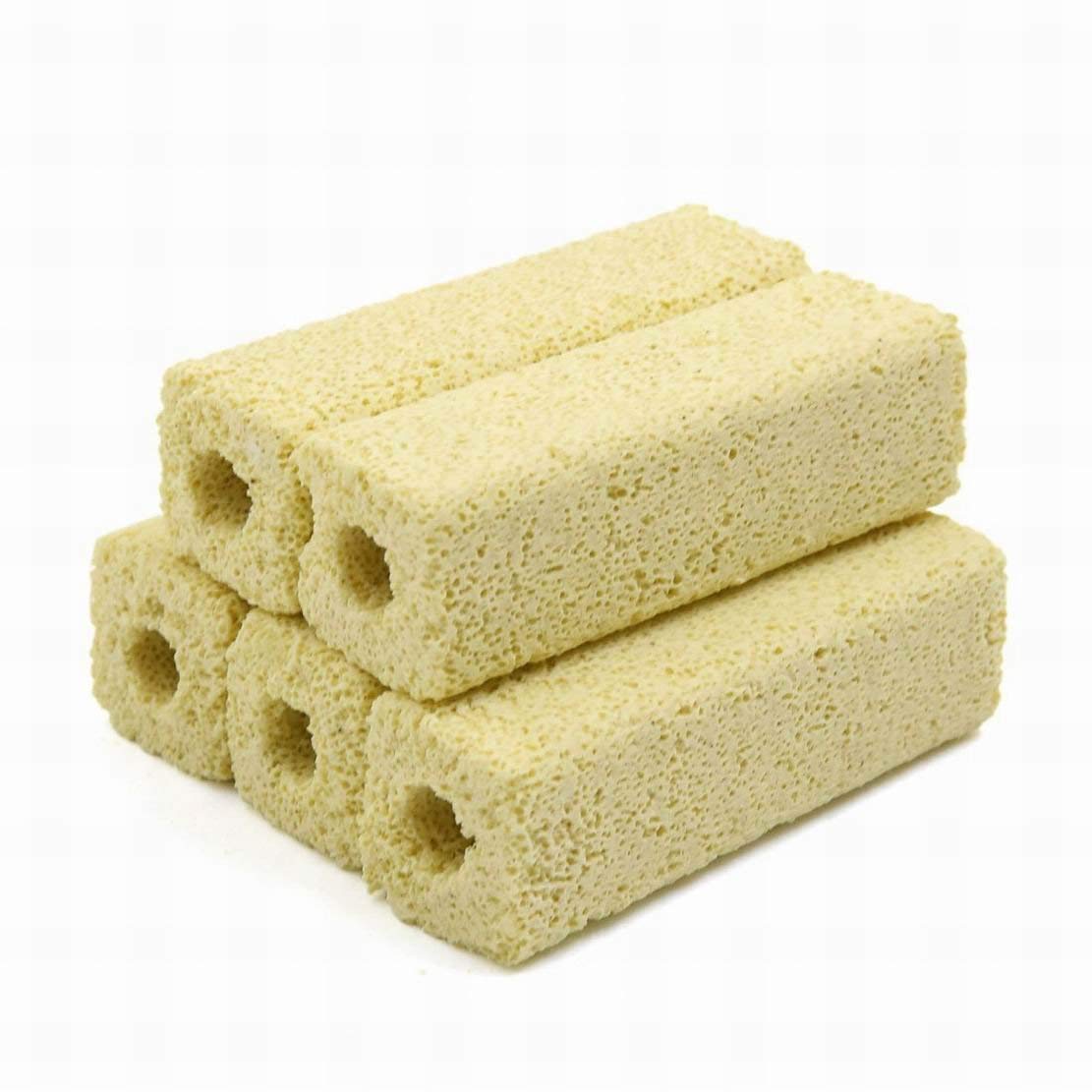

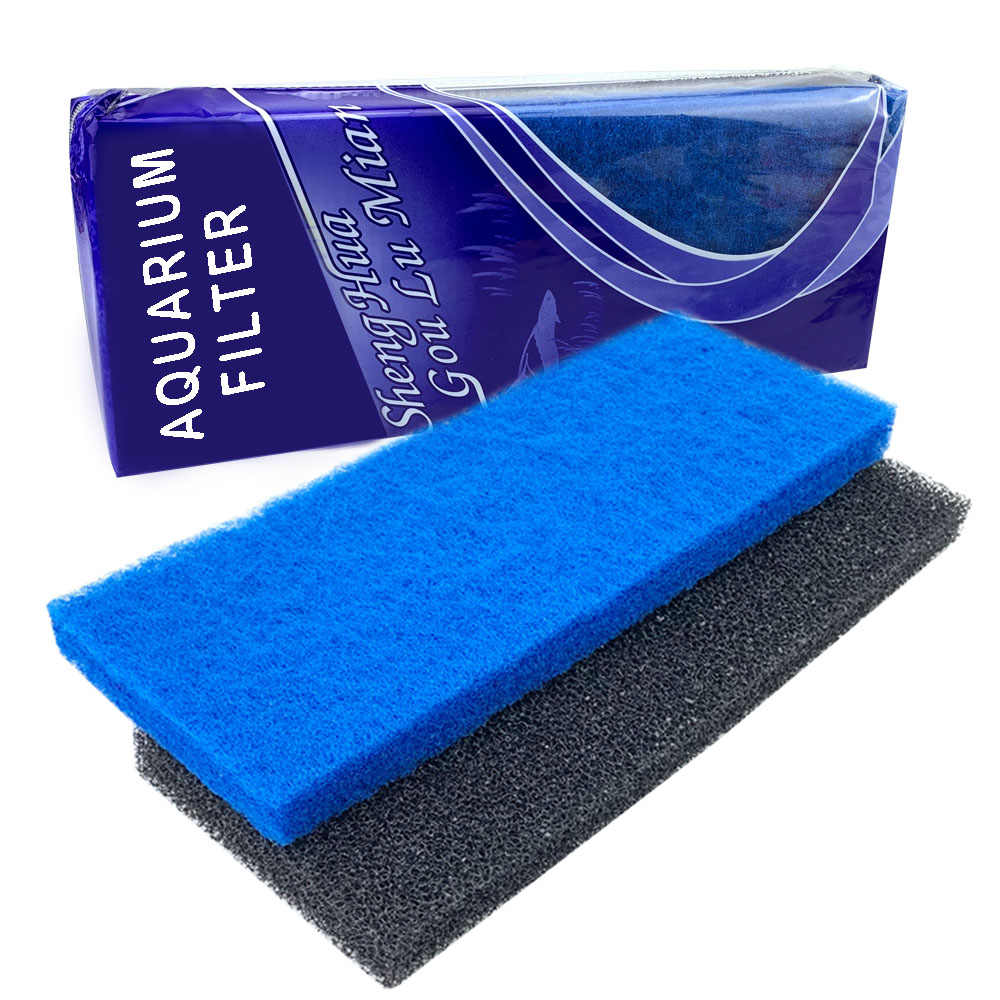

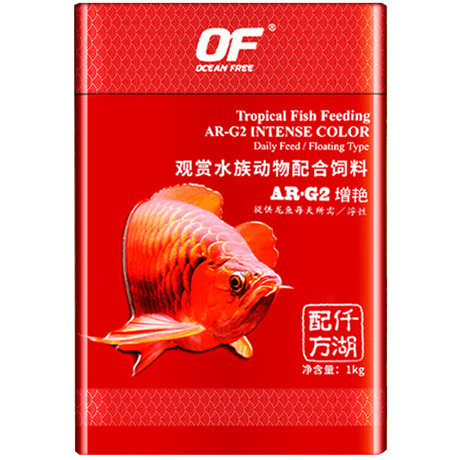
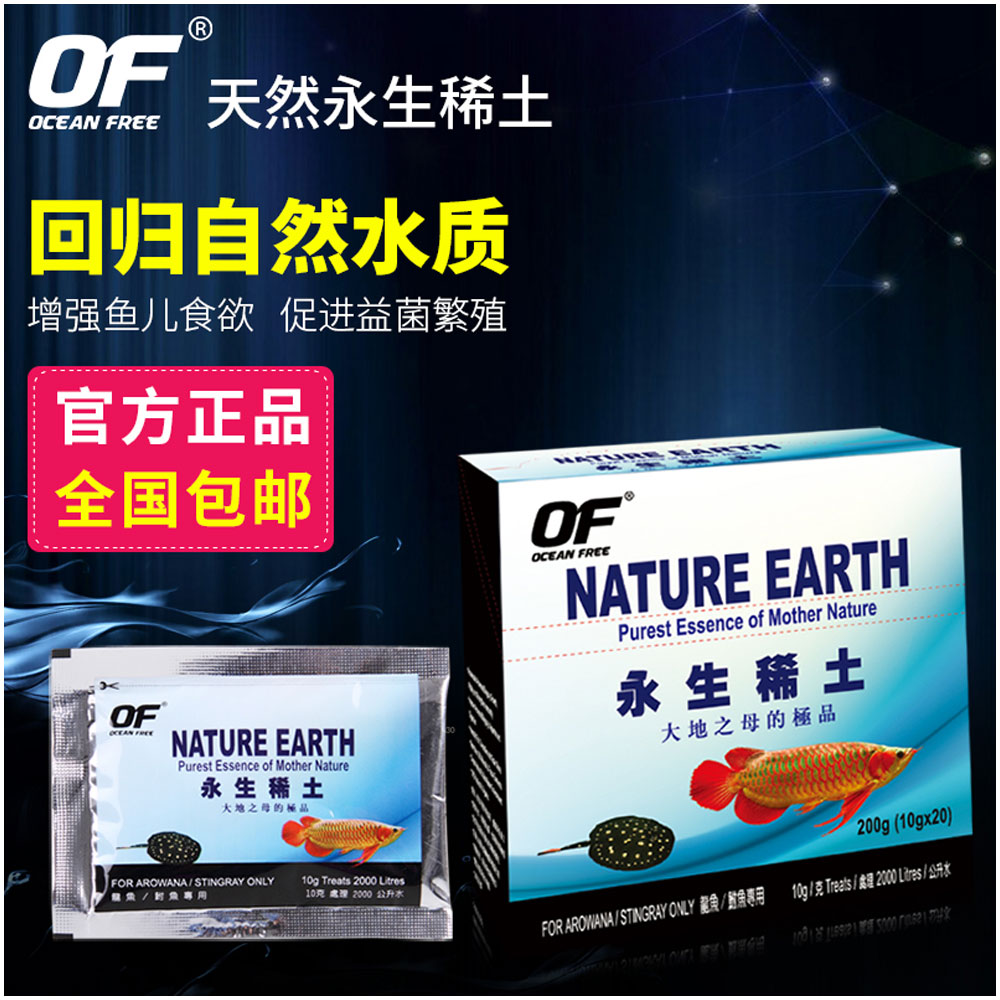
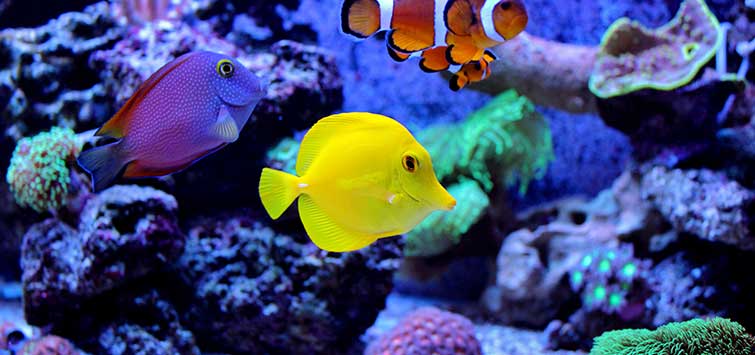


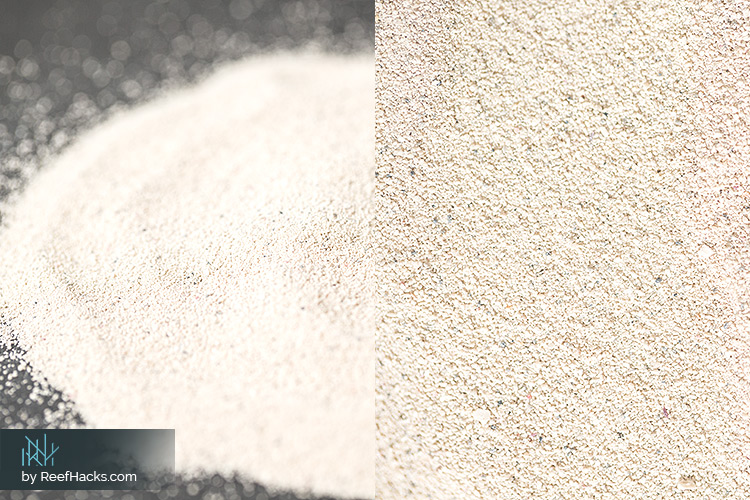




















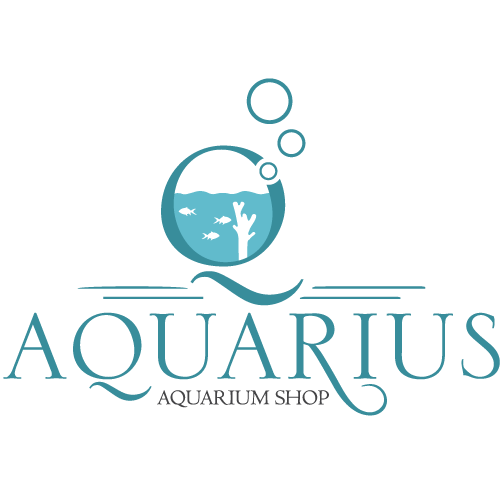
Reviews
There are no reviews yet.